A nonphysician provider, or NPP for short, can provide a substantial boost to practice performance. In fact, a Medical Group Management Association (MGMA) study found that 61% of better-performing practices employed NPPs.
The two primary types of NPP – nurse practitioners (NPs) and physician assistants (PAs) – are valuable because they can treat certain types of patients, at only a fraction of the cost. In the year when the ACA is supposed to create a drastic patient influx, giving yourself added time to treat more complex cases is extremely valuable.
But, integrating an NPP into your medical practice can be challenging. Patients may be wary of receiving treatment from someone who isn’t a doctor, there are billing issues to work through and specific roles to define. It’ll take some figurative elbow grease to ensure NPP onboarding goes smoothly.
Preparing Patients
According to Dave Gans, MGMA’s Vice President of Research and Innovation, NPPs can provide 80% or more of primary care services with equal or better patient satisfaction than a physician. But initially, patients may be uncomfortable with the idea of seeing a “nonphysician.”Gaining acceptance for your newly hired NPP is a two-step process. First, make patients aware of your NPP’s qualifications. Whether a NP or PA, all NPPs go through vigorous training. Highlight their qualifications and also emphasize any prior experience treating patients.
The second step is explaining to patients exactly how they benefit from seeing an NPP. Most enticingly, patients with less serious conditions can obtain treatment even if the physician’s schedule is filled up on a particular day.
If some patients are still cautious of the idea, let them know you will follow up personally with the NPP after their first few visits.
Determining Billing Structures
The ability of NPPs to provide treatment brings up a few billing issues that must be addressed.Some health plans pay lower reimbursements for NPP-provided services compared to physician-provided services. There will be patients from certain insurance providers you’ll want to see personally to avoid underpayments.
Also, there are times you’ll have to make a decision over how to bill a particular health plan. For instance, when dealing with Medicare, it’s essential to identify which NPP-rendered services you can bill as “incident-to” services. These services will be reimbursed at the same rate as if a physician had delivered them.
Defining Their Role
NPPs have a degree of expertise that can make assigning tasks to them more challenging than with other staffers. An unambiguous job description can lead to job dissatisfaction for your NPP.For instance, he or she may be offended if the job description only dealt with treating patients when answering phones and prepping exam rooms is part of their job as well. However, these are the types of duties that take a team effort in small medical practices. Be clear when discussing job duties with potential NPPs. You don’t want ambiguity leading to resentment.
You’ll also have to prepare a new NPP for the level of supervision you’ll provide. As professionals who’ve gone through extensive training, some NPPs feel like they can handle patients on their own. If you are following up on patients without informing the NPP, he or she may see it as a lack of trust.

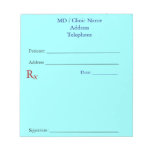
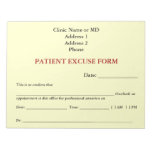
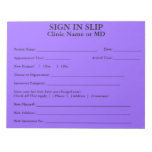
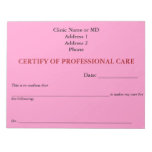


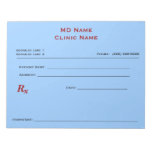
No comments:
Post a Comment